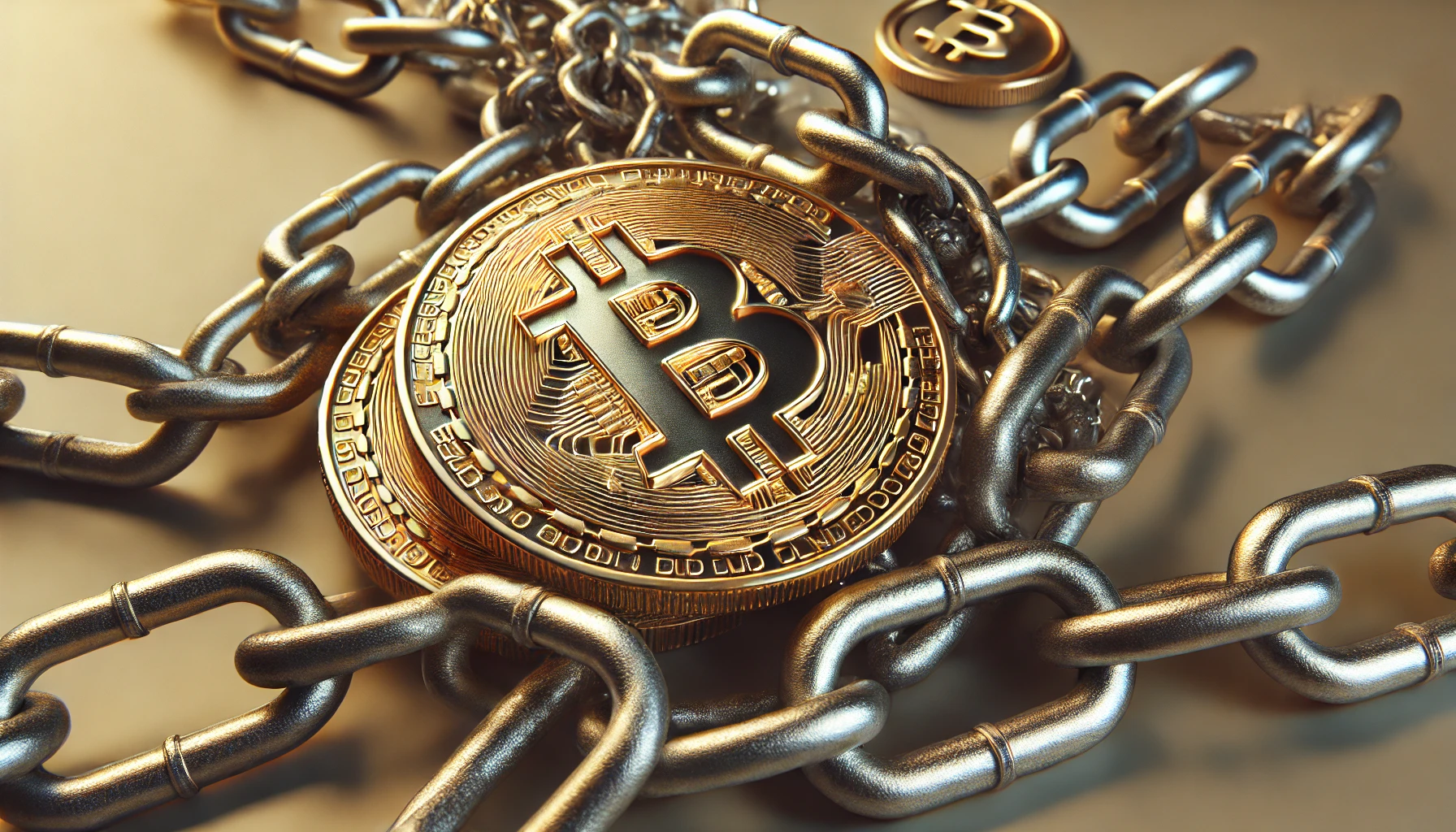The U.S. Consumer Price Index (CPI) data for July 2024 shows inflation slowing to 2.9%, the lowest in over three years. This slowdown has significant implications for the crypto market, particularly Bitcoin, as investors weigh the potential impact on Federal Reserve policies and market liquidity.
Points
- U.S. inflation has slowed to 2.9%, the lowest rate since March 2021.
- Core inflation remains above 3%, affecting the Federal Reserve’s rate cut decisions.
- Bitcoin’s price dropped nearly 1% following the CPI report as investors reassess market conditions.
- Lower inflation could eventually lead to a dovish shift in monetary policy, benefiting Bitcoin and other risk assets.
- Economists anticipate at least a 25 basis point rate cut at the next Federal Reserve meeting in September.
The latest Consumer Price Index (CPI) report from the U.S. Bureau of Labor Statistics reveals that inflation has slowed to 2.9% in July 2024, marking the lowest annual rate since March 2021. This is a slight dip from the 3% increase projected by economists, indicating that inflationary pressures might be easing. However, core inflation, which excludes volatile food and energy prices, remains steady at 3.2% annually, aligning with expectations.

The slowdown in inflation has significant implications for the broader financial markets, particularly for Bitcoin and other cryptocurrencies. Bitcoin, which has often been viewed as a hedge against inflation, saw its price decline by almost 1% following the release of the CPI report. This dip can be attributed to investor concerns that the current core inflation rate might prevent the Federal Reserve from adopting a more dovish monetary stance in the near term.
A dovish shift—where the Federal Reserve opts for lower interest rates—could increase market liquidity, making speculative assets like Bitcoin more attractive to investors. Analysts from Bitfinex have noted that as inflation concerns ease, the market might witness a surge in liquidity, leading to upward momentum for Bitcoin. The key resistance level for Bitcoin remains between $64,000 and $65,000, which could be tested if the market anticipates a rate cut.
Economists widely expect the Federal Reserve to implement at least a 25 basis point cut to interest rates at its next meeting in September. During the last meeting, the Fed held rates steady at a range of 5.25% to 5.5%, signaling a cautious approach as it monitors inflationary trends. The central bank’s future actions will likely hinge on further economic data, particularly regarding inflation and labor market conditions.
For Bitcoin and the broader crypto market, the slowing inflation rate could be a double-edged sword. While lower inflation might eventually lead to lower interest rates and increased liquidity, the persistent core inflation suggests that any monetary policy easing could be delayed. Investors should closely monitor upcoming economic reports and Federal Reserve communications for clues on future market direction.
解説
- Consumer Price Index (CPI): A measure that examines the average change in prices over time that consumers pay for a basket of goods and services. It is a key indicator used to assess inflation.
- Core Inflation: The change in the cost of goods and services but excludes those from the food and energy sectors, which can be volatile. Core inflation is closely watched by central banks to gauge underlying inflation trends.
- Dovish Monetary Policy: Refers to a monetary policy stance that favors lower interest rates to stimulate economic growth. It contrasts with a hawkish policy, which prioritizes controlling inflation by raising rates.
